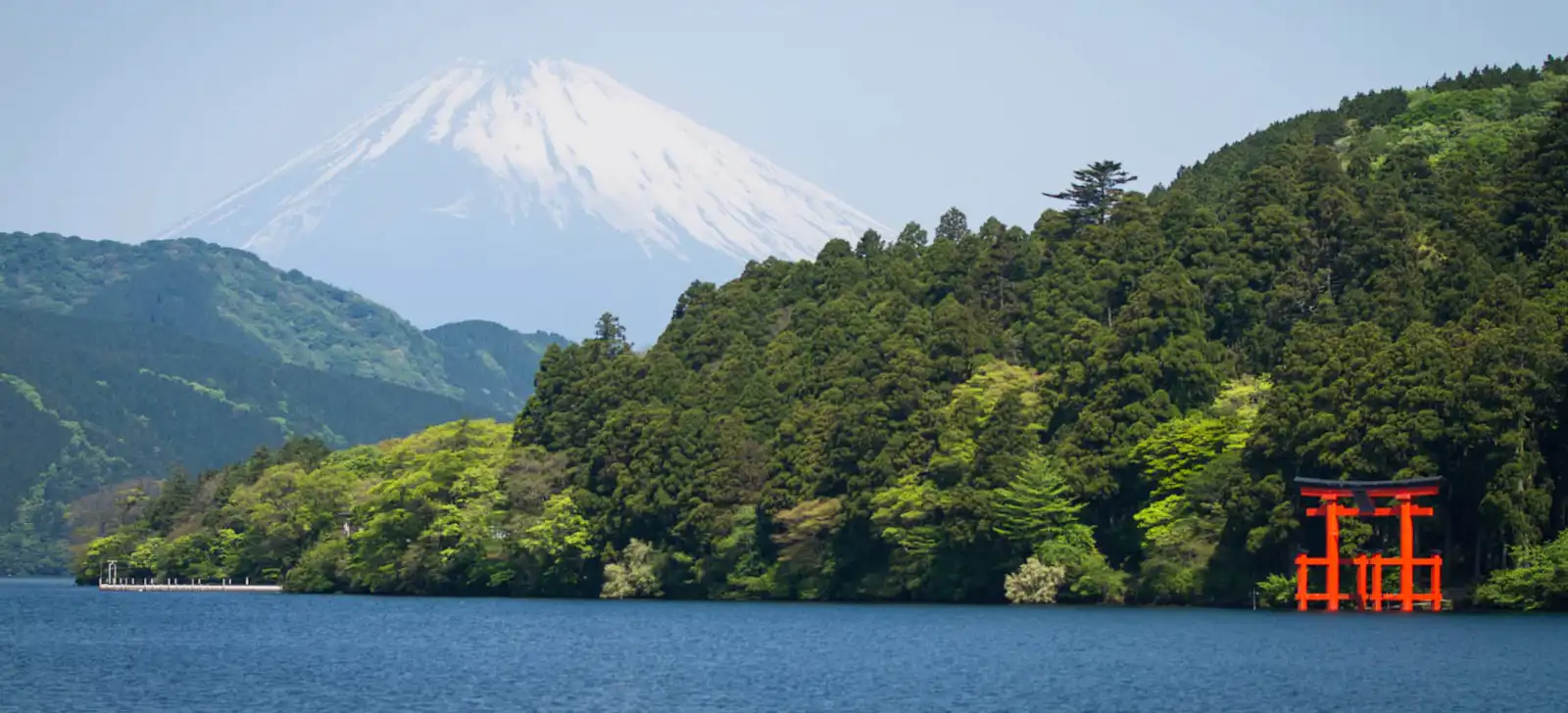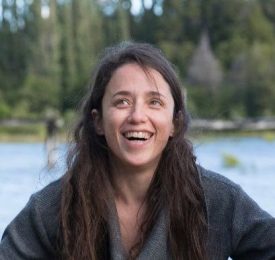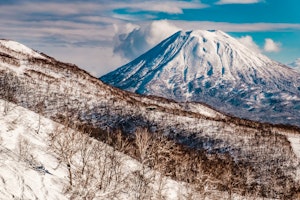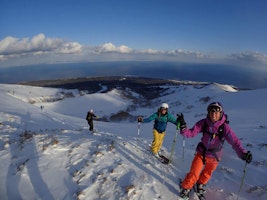Dry and extremely light powder has made Japanese ski resorts and backcountry a “must-visit” destination for freeride skiers and touring enthusiasts around the world. And there is no shortage of it: Japanese ski resorts receive an average of 10 to 18 meters of snow each season!
Winter is right around the corner. Check out all the upcoming dates for ski trips in Japan in 2018-2019 and join a group!
The two major skiing areas in the country are the northern island of Hokkaido and the resorts in the Japan Alps, which split in two the island of Honshu. “Both these places are famously cold. Cold air comes from Siberia or China, blows across, and then picks up all the moisture from the Sea of Japan. When this moisture is dropped off after hitting the mountains in Hokkaido or the Japan Alps, the snow remains very dry because temperatures are so low,” explains Explore-Share’s Business Development Manager and Japan expert, Ryoko Amano.
Hiring a local certified guide will make all the difference for foreigners visiting Japan’s ski resorts. Guides will show clients to the best slopes, teach them about the local customs and culture and even act as translators. For off-piste skiing, especially in more remote areas, a professional guide can be key to ensure a safe experience.
Check out guided ski trips in the island of Hokkaido or revel at the fantastic possibilities that the Japan Alps offer skiers.

Japanese ski resorts receive an average of 10 to 18 meters of snow each season. Photo: Ryoko Amano.
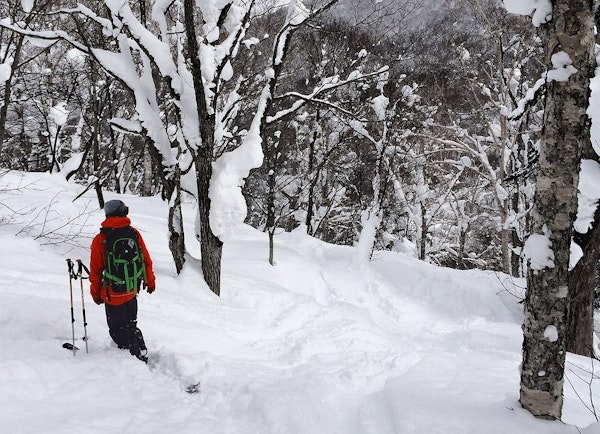
Backcountry skiing in Niseko. Photo: Jun Horie.
Hokkaido: Niseko and beyond
Niseko United Resort, in Hokkaido, is probably the most famous among foreigners. “Because it is really cold during the day, snow doesn’t get icy. It even has very good night skiing,” says Ryoko. The fact that the resort offers controlled off-piste skiing (which is not allowed in many other Japanese resorts) is also a big plus among westerners who flock to Niseko between the months of December and March (although April and May are also great for ski touring). A lively apres-ski scene, with nice restaurants and bars, is also an appealing feature.
Want to check out Niseko? Here’s a selection of guided ski trips in the area!
Also in Hokkaido, smaller ski resorts around Sapporo — the island’s capital city — provide easy access and great powder. “It’s a great idea to hire a guide to drive you around and take you to the right one for that day,” Ryoko advises. Asahidake, the highest mountain on the island, is also a popular spot for off-piste skiing, while the collection of resorts in Furano is a classic pick among foreign skiers visiting Japan.

A group of skiers explore the island of Rishiri. Photo: Ryoko Amano.
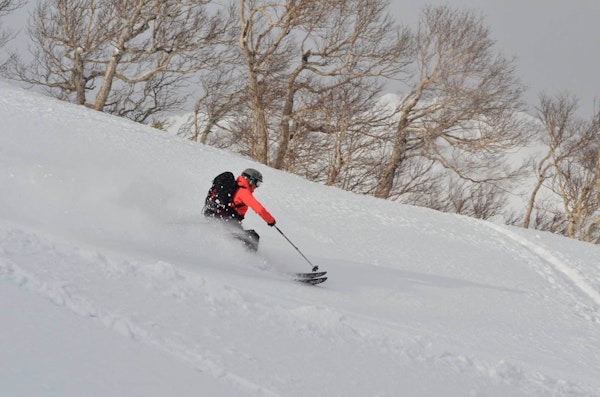
Although quite remote, the island of Rishiri is one of Ryoko´s personal favorites in Japan. Photo: Ryoko Amano
And then there’s Ryoko’s personal favorite: the island of Rishiri, just off the Hokkaido coast. “You arrive by ferry or by small plane and already it feels like an adventure. This small island, made up of this one mountain, has this unmistakable ‘out there’ feeling. There are few skiers during the winter and they generally stay at their guide’s guesthouse. During March and April, when the weather is good, you can ski from summit to sea,” she says.
Ready for a true adventure? Check out the trips offered by guides on this remote Japanese Island.
Where to stay in Hokkaido?
Hokkaido provides lots of accommodation options for those traveling in the winter season. Here are some recommendations from local guide Takao Miyasita:
Niseko
– Hotel Kanronomori: Japanese style onsen hotel.
– Goshiki Onsen: An Onsen accommodation in the mountains, far from ski resorts. Self catering JPY 4,000. Half board JPY 10,000.
– The Woodpeckers: mountain hut-like accommodation, just below Niseko Moiwa ski resort. Half-board: JPY 7,500.
Tokachi
– Ryounkaku: Half-board with onsen.
– Hakuginso: Self catering. Amazing onsen outside! JPY 3,000
Asahidake
– Shirakabaso: For youth. Half board, JPY 8,000
Sounkyo
– Mount View Hotel: Onsen, lots of Asian tourists. Half board.
– Choyo-tei: Japanese style onsen hotel (half board). Great food!
Sapporo
– Route Inn Sapporo and Sapporo Aspen Hotel: Food not included.
– Sapporo Grand Hotel
Otaru
– Kourakuen: Japanese style onsen hotel (half board). JPY 20,000
– Musashitei: Japanese style onsen hotel (half board). JPY 20,000
Japan Alps, a more alpine feel
The ski areas in Honshu, meanwhile, have a more alpine feel than those in Hokkaido. Hakuba, probably the most famous, is the Niseko-equivalent in Honshu and the site of the 1998 Nagano Olympics. The first Freeride World Tour of the 2018 season will take place in Hakuba this year, to take advantage of its abundant snowfall and epic conditions.
“It’s more rugged, more alpine than Hokkaido. Mountains are higher and steeper and have drops”, says Ryoko. Unlike Niseko, it retains some traditional local feel but is still a good mix between Japanese and foreign culture. Meanwhile, Myoko Kogen and Nozawa Onsen are also cool spots for those looking to get a taste of Japanese culture. Most resorts in this area have their own onsen (natural hot baths), a great way to relax after an exhausting cold day of skiing in deep powder.
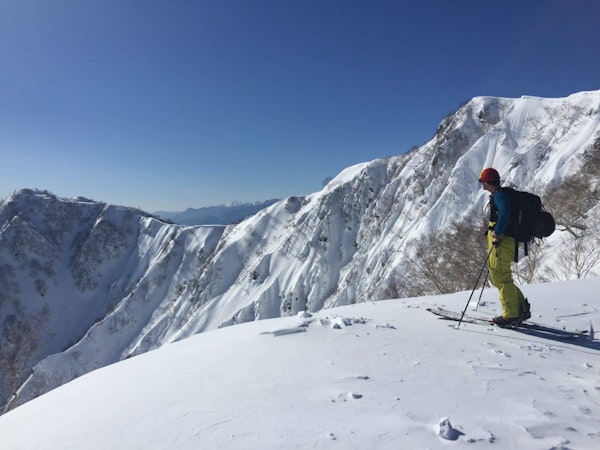
More imposing than the mountains in Hokkaido, the Japan Alps have a more alpine feel. Photo: Ryoko Amano.
For more off-the-beaten-path destinations for backcountry skiing, Ryoko also has a list of recommendations. Shirakawago, a village with tiny ski resorts, provides amazing backcountry skiing opportunities. “It is a UNESCO World Heritage Site and it’s also very pretty. It is known for its very deep snow,” she says.
Then there’s the Tohoku region, located in the northern tip of Honshu in a very remote area that is also famous for getting tons of snow. And Tateyama, located in the middle of the Japan Alps, is probably also worth a mention. Deeply buried in snow during the winter, it only opens in autumn and spring. There are no ski lifts here so skiers must be ready to hike their way to the top.
Want great snow but also a truly Japanese experience? Check out this selection of trips in Hakuba.
Ski touring on Mt. Fuji (3776m), the most famous mountain and sacred in Japan, is also popular among foreign skiers visiting the country. It is possible during the months of April and May.
Want to ski down Mount Fuji in the company of a certified guide? Check out what guides offer on Explore-Share and ski the most famous mountain in Japan!
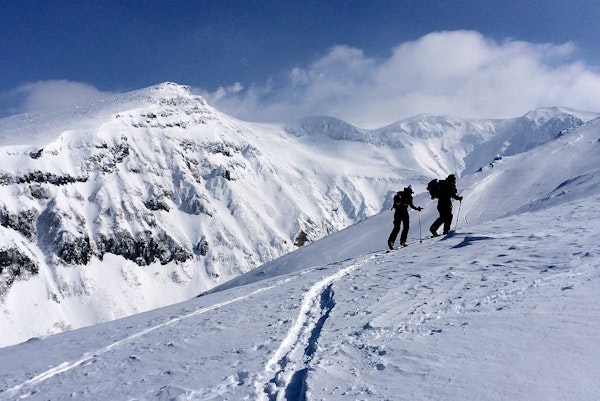
Ski touring in the Niseko area. Photo: Jun Horie
Ready to plan the adventure of a lifetime? Don´t miss our blog post on how to organize your trip to Japan!
